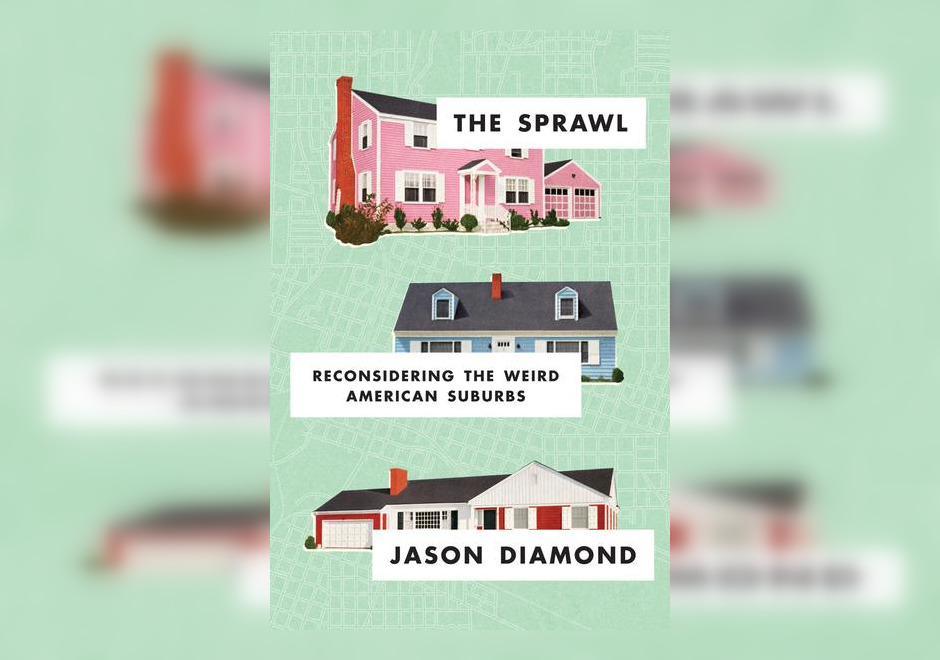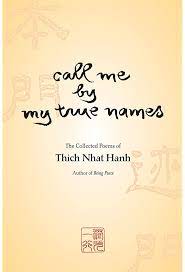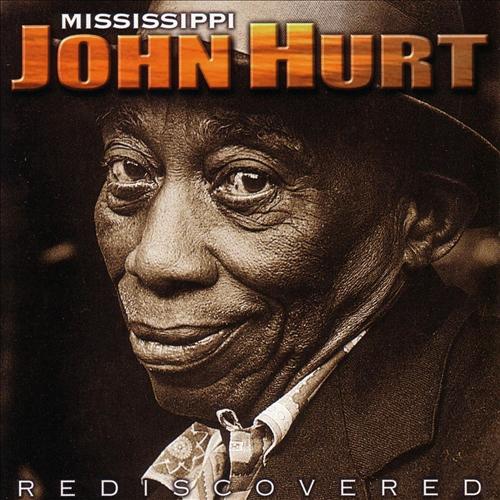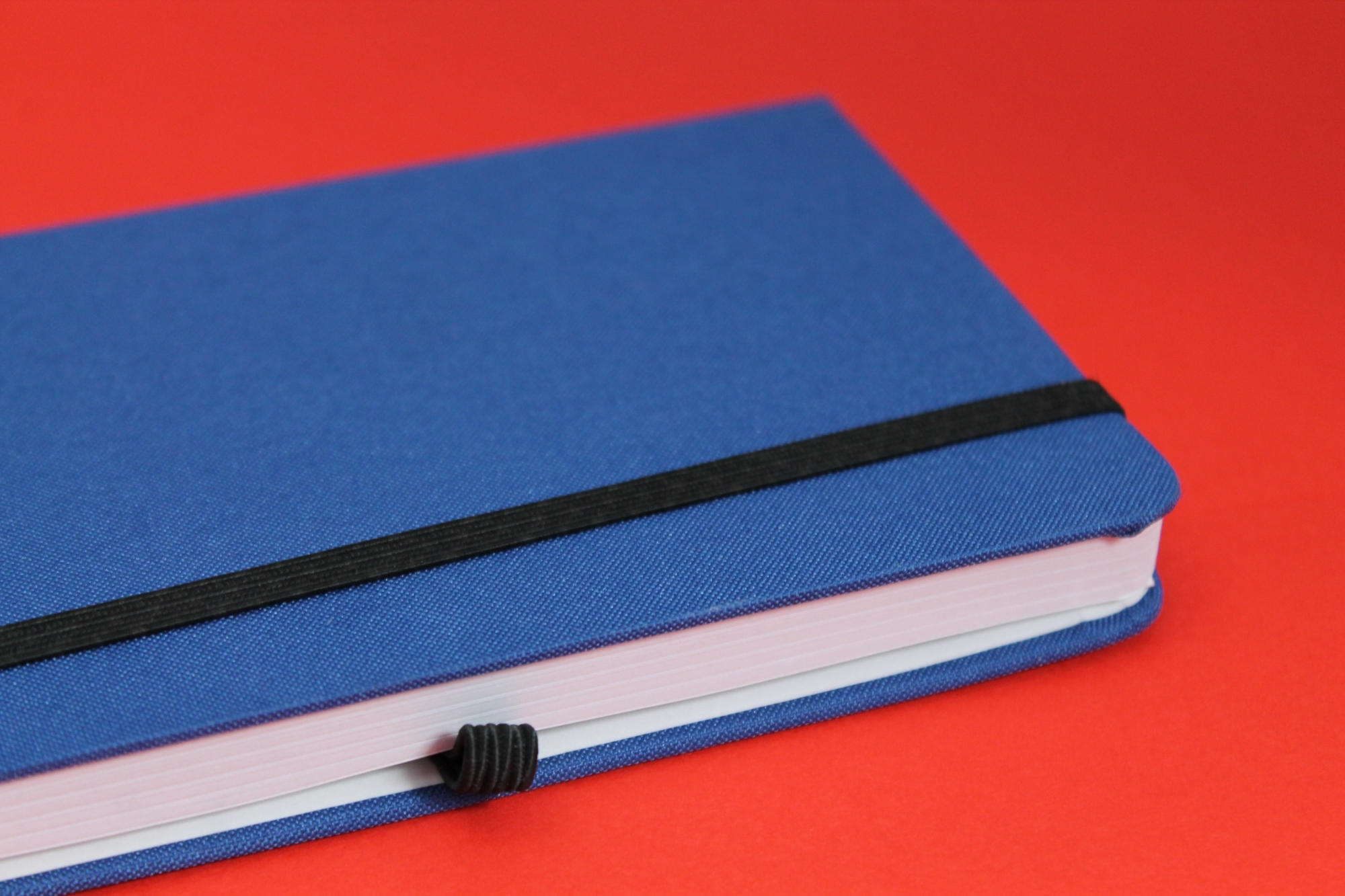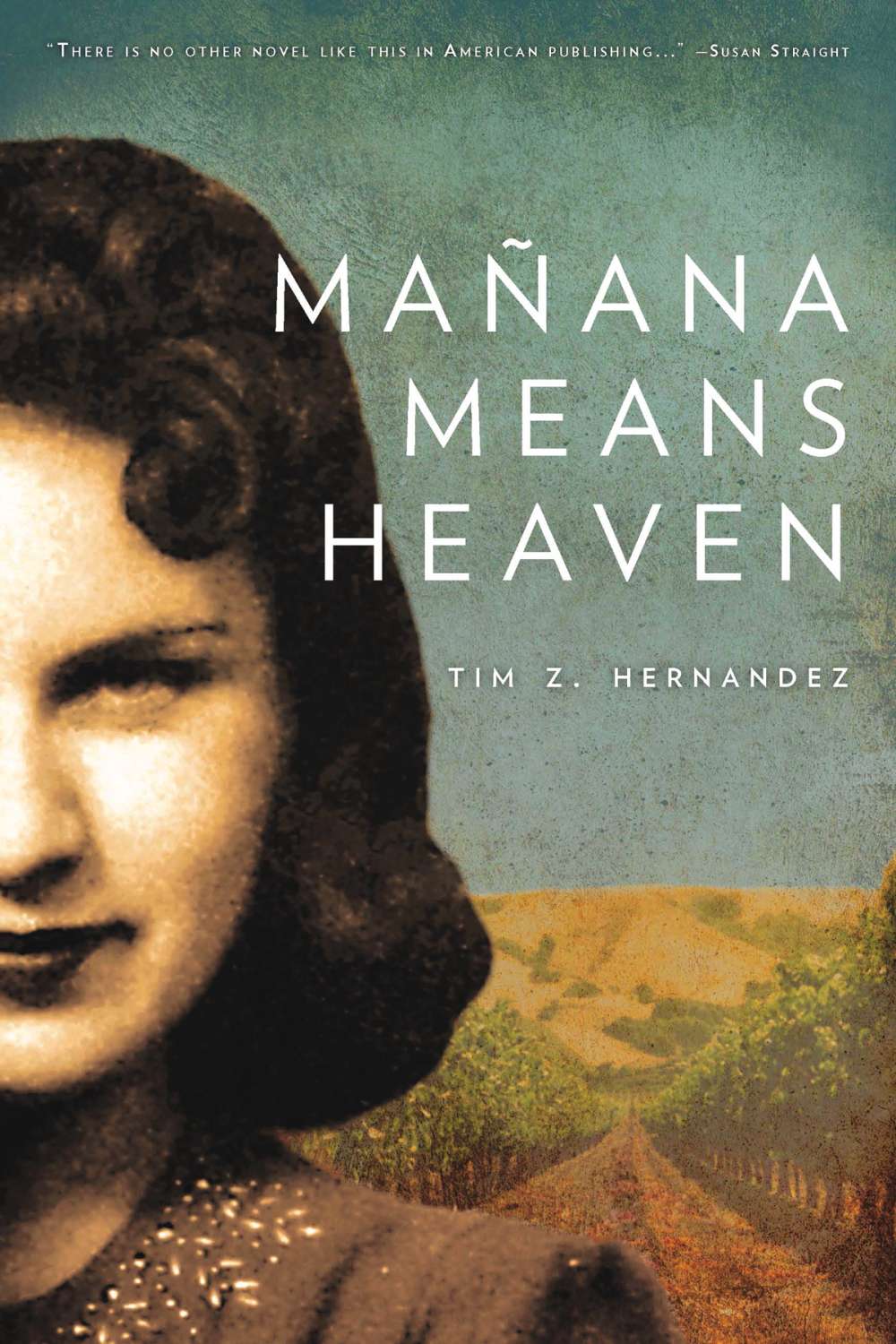In The Sprawl: Reconsidering the Weird American Suburbs, writer and journalist Jason Diamond, author of the memoir Searching for John Hughes, returns to the suburbs of his childhood and adolescence in an attempt to better understand their impact on American culture. From a distance of time and space, Diamond considers the suburb as both concept and place, an in-between defined in relation to the urban center—a place which, linguistically if not physically, lies “beneath” the city. Diamond’s gaze, astute and compelling, is critical not only of the object of its inquiry but also of itself—of the hesitant, intricate love we have for the places that shaped us.
The Sprawl is a thoroughly researched, equal measure broad and profound exploration of the American suburb, fueled by the author’s questioning of his own suburban upbringing as well as that of many artists, musicians, and filmmakers. Tracing the literal and figurative grounds on which the suburbs were established, Diamond examines the spaces into which they continue to expand, accounting for both the failures and achievement of “the sprawl.”
At its core, Diamond’s work tackles the gaps between what the suburbs advertise and what they actually offer. Drawing on cinema, literature, music, and pop culture, Diamond interrogates suburban design in light of what it aims to provide—an idyllic, quiet life in the proximity of modernization—and the costs of such life, both literal and figurative. Inspired by David Lynch’s fascination with the realms beyond the visible—by his assumption that nothing is as it seems—Diamond’s work questions the suburbs’ draw and promise of comfort and safety, reckoning with the price of this particular version of the American Dream. What does it mean, it asks, to live “the best of both worlds?” Is it really the best of both worlds?
Having grown up in a suburb, Diamond is familiar with some of the prices of suburban life. Teen boredom and social isolation, for example, are intrinsically tied to the car-centric suburban design, to the distance and scarcity of public spaces. Diamond points out one of the suburb’s paradoxes: while it’s “where the good life is,” it’s also where much of the news comes from. Suburbia is where most mass shootings take place, from Columbine to Parkland; it is where residents may feel shaken not only by tragedy itself, but also by the sense that “this shouldn’t have happened here.” Yet, as Diamond notes, it happens there more often than anywhere else in the U.S. And it says something about these places, which Diamond keeps circling back to as if part of the endless “sprawl”: what they foster and what they suppress, what they welcome and what they repel.
In his casual yet thoughtful tone, Diamond also explores issues of race and class in suburbia: “How it was built,” he writes, “and whom it kept out, namely blacks and jews, will always be part of its origin story.” But after tragedies such as the Columbine shooting, the suburbs obsessed not only over trying to keep people out but over trying to understand who was already in. Diamond, too, is after what’s already in and, equally important, after what it could turn into. And it’s all a lot more interesting than some might think.
